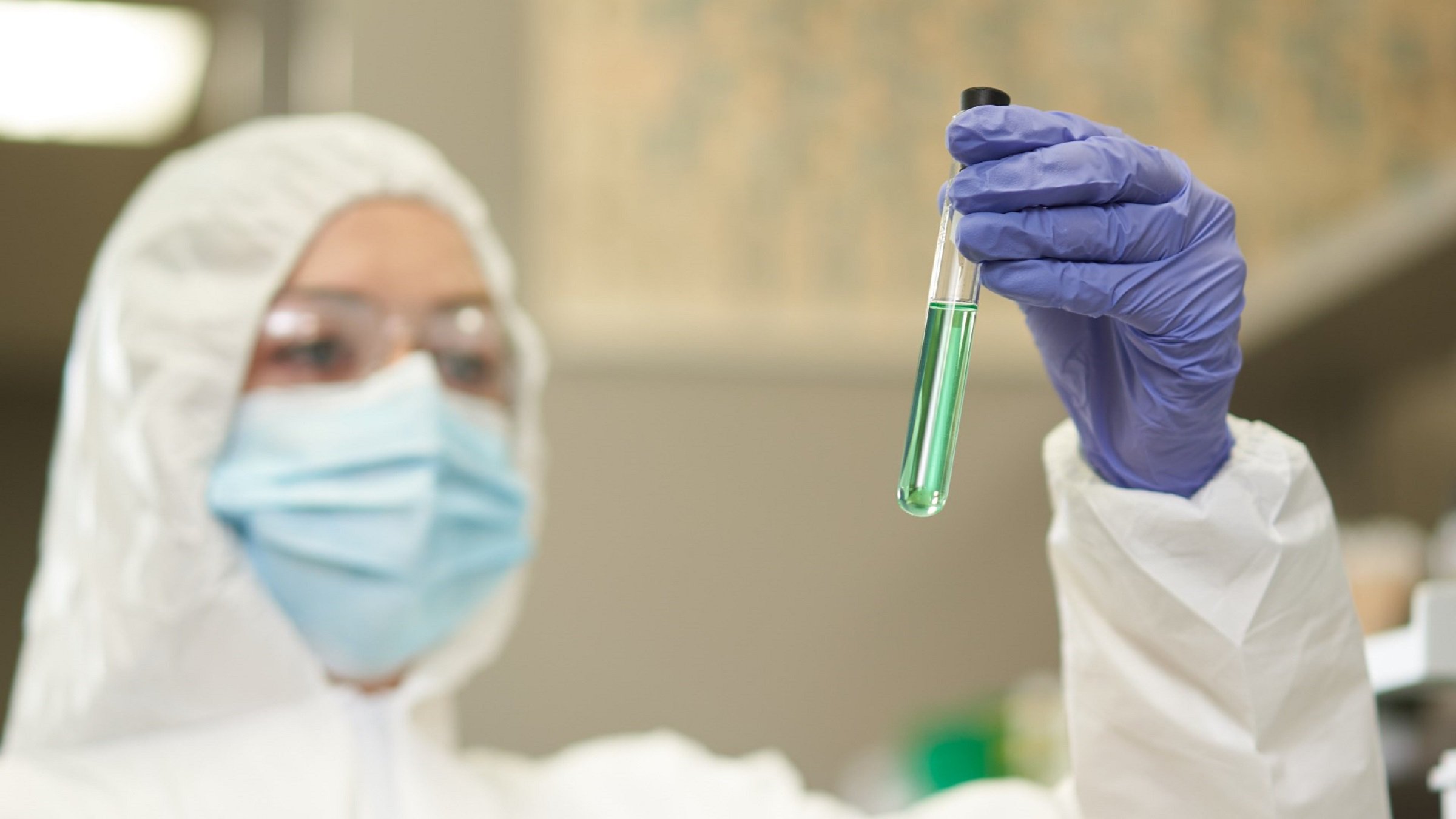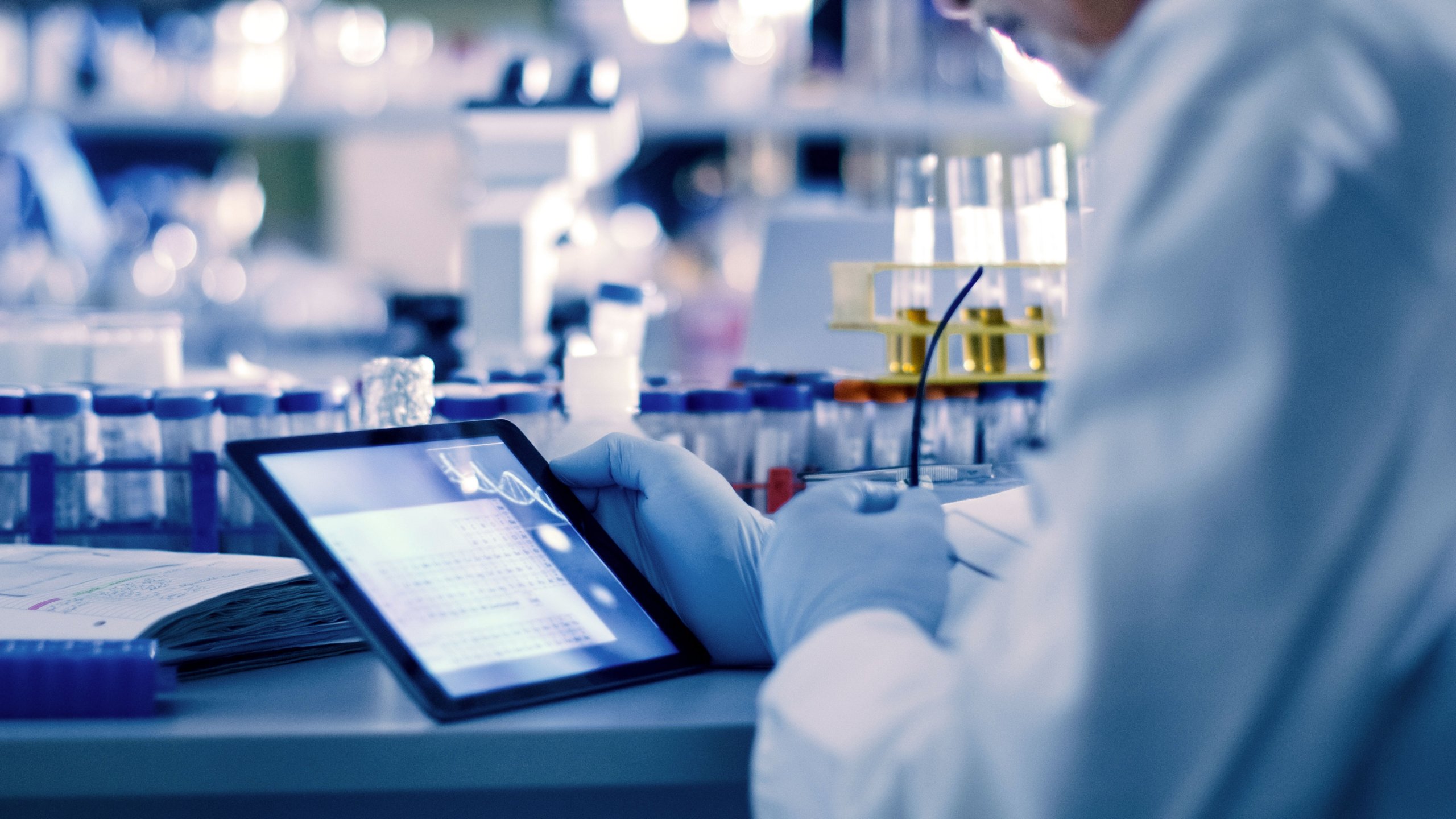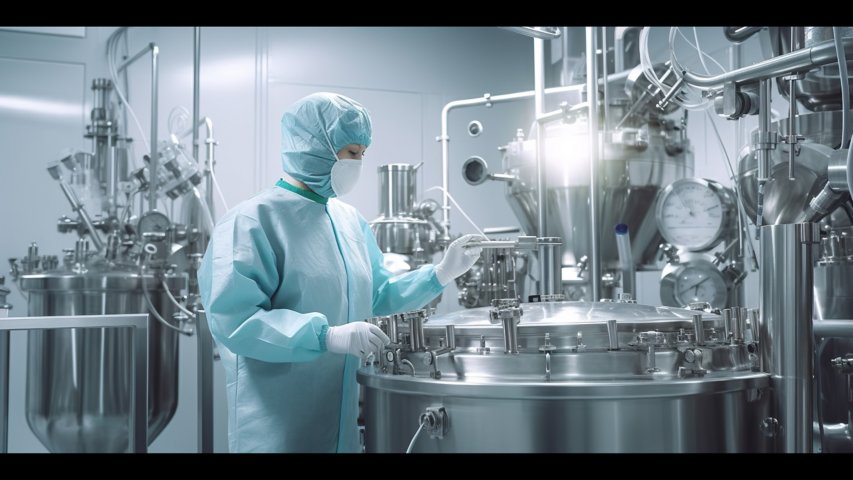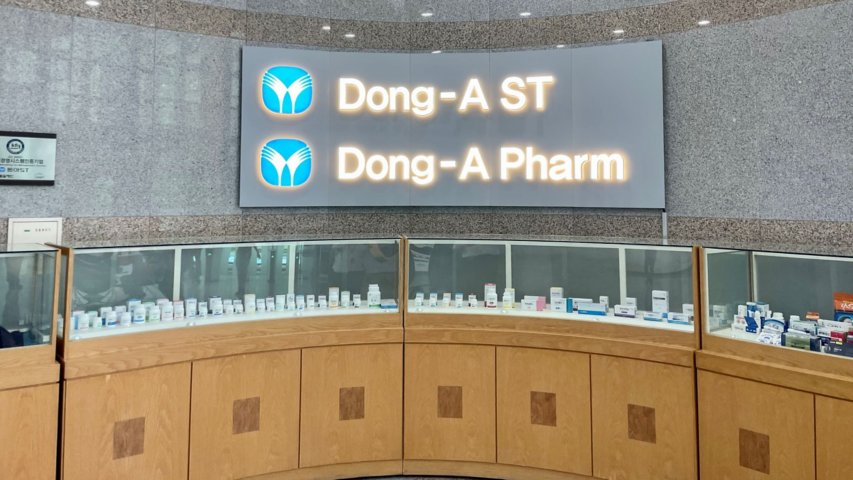1. What are the most notable trends and developments you've observed in the Asia Pacific life sciences industry, particularly in terms of manufacturing and automation?
The life sciences industry in Asia Pacific is catching up fast with other macroeconomic trends to meet global medical and healthcare needs like an increasing demand for personalized medicines. Over the last decade, we have seen a growing focus towards biopharmaceutical manufacturing, advanced therapies like cell and gene, and biosimilars as majority of the Asia Pacific market is still made up of contract manufacturing organizations (CMOs) and contract development and manufacturing organizations (CDMOs).
To meet the needs of more complex manufacturing processes to develop specialized medicines alongside stricter compliance towards global regulatory guidelines, manufacturers are turning to advanced manufacturing automation technologies such as analytics, digital twin (process and plant), cloud, and cybersecurity.
The adoption of more technology in manufacturing and automation is instrumental in helping organizations in the industry regulate and manage their overall cost of ownership as well.
The life sciences industry in the region is heavily dependent on innovators around the globe but we are seeing a gradual shift in this pattern as there is increased investment by the global giants not only in manufacturing but also R&D in Asia Pacific.
2. What are the primary challenges that manufacturers and innovators in the life sciences industry face in Asia Pacific, and how are they addressing these challenges with automation solutions?
With developments in complex manufacturing processes and new technologies, this has magnified the importance of quality control and compliance to meet global standards set by entities like the U.S. Food and Drug Administration, the Office on National Drug Control Policy, and Drug Enforcement Agency. Real-time monitoring and predictive analytics like process or plant digital twins can help in addressing this challenge.
Supply chain disruptions has been top-of-mind since the pandemic and while there has been some recovery over the last few years, manufacturers are still working through longer-term solutions. Our learning from this phase is that implementing smart manufacturing solutions like supply chain visibility using tools like the internet of things (IoT) and data analytics can help to enhance resilience and responsiveness, should there be any such events in future.
With drastic changes in healthcare needs, market demands, and technology advancements, finding and retaining the right talent is another major challenge for the life sciences sector. More so, because of the highly regulated nature of this industry. Highly specialized areas like biopharmaceutical manufacturing and personalized medicines demand niche knowledge combined with technology savviness. To reduce manual labor in part of the processes across value chain, automation solutions like robotic systems, advanced manufacturing technologies like digital twins, augmented and virtual realities are instrumental.
Cost is a particularly crucial factor while ensuring product quality and adopting innovative technologies, which require investments for long-term returns. The automation solutions mentioned above can help to reduce costs as used effectively, such technologies will lead to improvements in efficiency and lower production costs.

3. Organizations globally and across industries are contending with the rise of cyberthreats too. How is that impacting the life sciences sector in Asia?
While advanced technologies are empowering organizations to achieve greater efficiency and cost optimization, they are also more exposed to more cyber threats on the flip side. In recent years, we have come across attacks within the sector which adversely impacted the innovators' intellectual property (IP) and further increased the threat of counterfeits. I am not even talking about the financial damage suffered by the affected organizations.
In the past few years, we have been focusing on addressing this issue by embedding cybersecurity solutions within both manufacturing automation and software portfolios. We also partner leaders in this space such as Cisco, Claroty, Dragos and Fortinet to help provide a more secure automation solution to our customers. We have also invested heavily in ensuring that our manufacturing execution system, FactoryTalk® PharmaSuite® is equipped to deal with cyberthreats at the execution level as well.
4. The life sciences industry involves various stakeholders, from CDMOs/CMOs to OEMs and system integrators. How do collaborations within this ecosystem drive innovation and progress in automation?
The life sciences ecosystem is more than the innovators, scientists, and manufacturers.
OEMs and system integrators, with help from the technology providers, collaborate to provide end-to-end solutions for life sciences manufacturing. This involves integrating various automated systems seamlessly, from R&D to production and packaging. The leads to creating comprehensive and efficient automation solutions to meet diverse industry needs.
For instance, we are collaborating with biotechnology leader Cytiva to create an efficient, flexible, and scalable platform in Shanghai, China, to assist customers in the industry in their drug development processes.
Expertise of life sciences manufacturing process stays with the CMOs and CDMOs. OEMs and SIs collaborating with CMOs/CDMOs allows the sharing of this specialized knowledge and expertise leading to innovative automation solutions tailored to the unique industry requirements.
System integrators’ knowledge of integrating diverse technologies can help OEMs and CDMOs/CMOs to implement innovative solutions with artificial intelligence, machine learning and advanced data analytics in automation systems, enabling rapid technology adoption. This can also result in customized automation platforms for specialized processes and workflows in areas like advanced therapies and personalized medicines.
By working together, these stakeholders can identify areas where automation can streamline workflows, reduce manual interventions, and optimize resource utilization, resulting in more competitive, sustainable, and risk-averse manufacturing practices.






